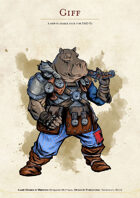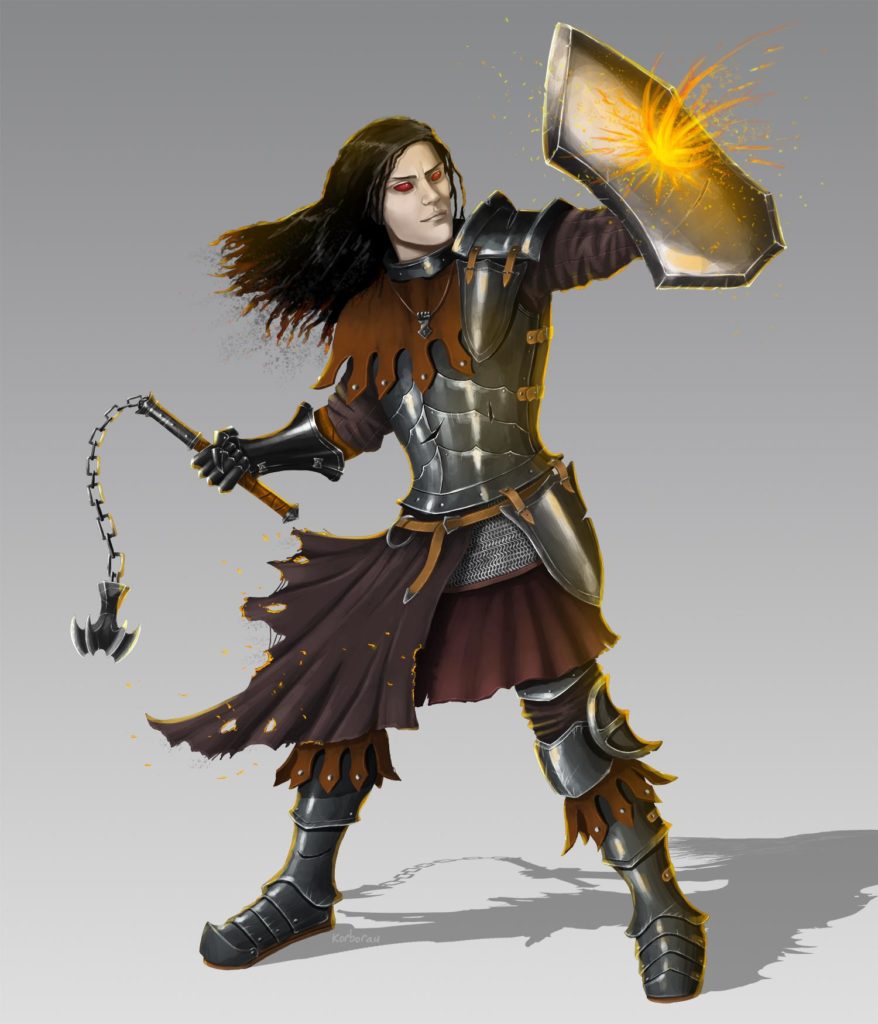
 Red – Tribe scholars and magic users, these grung are treated with respect by all, even the tribe leaders. Higher castes will not even be bothered to interact with green or blue grung, so the responsibility of keeping the lower castes happy and in check falls to them. Purple – Essentially middle management, purple grung oversee the two castes below them.
Red – Tribe scholars and magic users, these grung are treated with respect by all, even the tribe leaders. Higher castes will not even be bothered to interact with green or blue grung, so the responsibility of keeping the lower castes happy and in check falls to them. Purple – Essentially middle management, purple grung oversee the two castes below them.  Blue – Artisans, traders, and any other domestic roles that require a bit of skill. Green is the lowest caste, and gets most of the worst tasks in a grung society. Green – Warriors, hunters, and general laborers. The roles of each color in the caste are as follows: So, grung society is built on a caste system, with green grung sitting at the lowest rung, and gold grung assuming the position of leader. That’s right folks, we’re talking about racist frogs today. What makes things weird is that the color of a grung’s skin also determines their place in the grung society. Grung come in six colors, green, blue, purple, red, orange, and gold.īiologically, these colors determine certain attributes of the poison which each grung secretes from their skin. Normally, we would save talks about what the race looks like for the appearance section, but in order to talk about the grung at all, we have to start discussing what they look like right off the bat.
Blue – Artisans, traders, and any other domestic roles that require a bit of skill. Green is the lowest caste, and gets most of the worst tasks in a grung society. Green – Warriors, hunters, and general laborers. The roles of each color in the caste are as follows: So, grung society is built on a caste system, with green grung sitting at the lowest rung, and gold grung assuming the position of leader. That’s right folks, we’re talking about racist frogs today. What makes things weird is that the color of a grung’s skin also determines their place in the grung society. Grung come in six colors, green, blue, purple, red, orange, and gold.īiologically, these colors determine certain attributes of the poison which each grung secretes from their skin. Normally, we would save talks about what the race looks like for the appearance section, but in order to talk about the grung at all, we have to start discussing what they look like right off the bat. 
They prefer to be in shade, and their societies often exist where plenty of cool water can be found.

While these creatures are amphibious, and as such, require being immersed in water for at least one hour a day, they do live in tree-top villages. Thanks to D&D product manager, and popular DM, Chris Lindsay, these frog people have hopped out of obscurity and into the hearts of players across the world. Introduced into 5th edition through Volo’s Guide to Monsters, they were brought to life as playable characters at the Stream of Annihilation in 2017. The Grung are a species of humanoid amphibians that resemble large frogs.








 0 kommentar(er)
0 kommentar(er)
